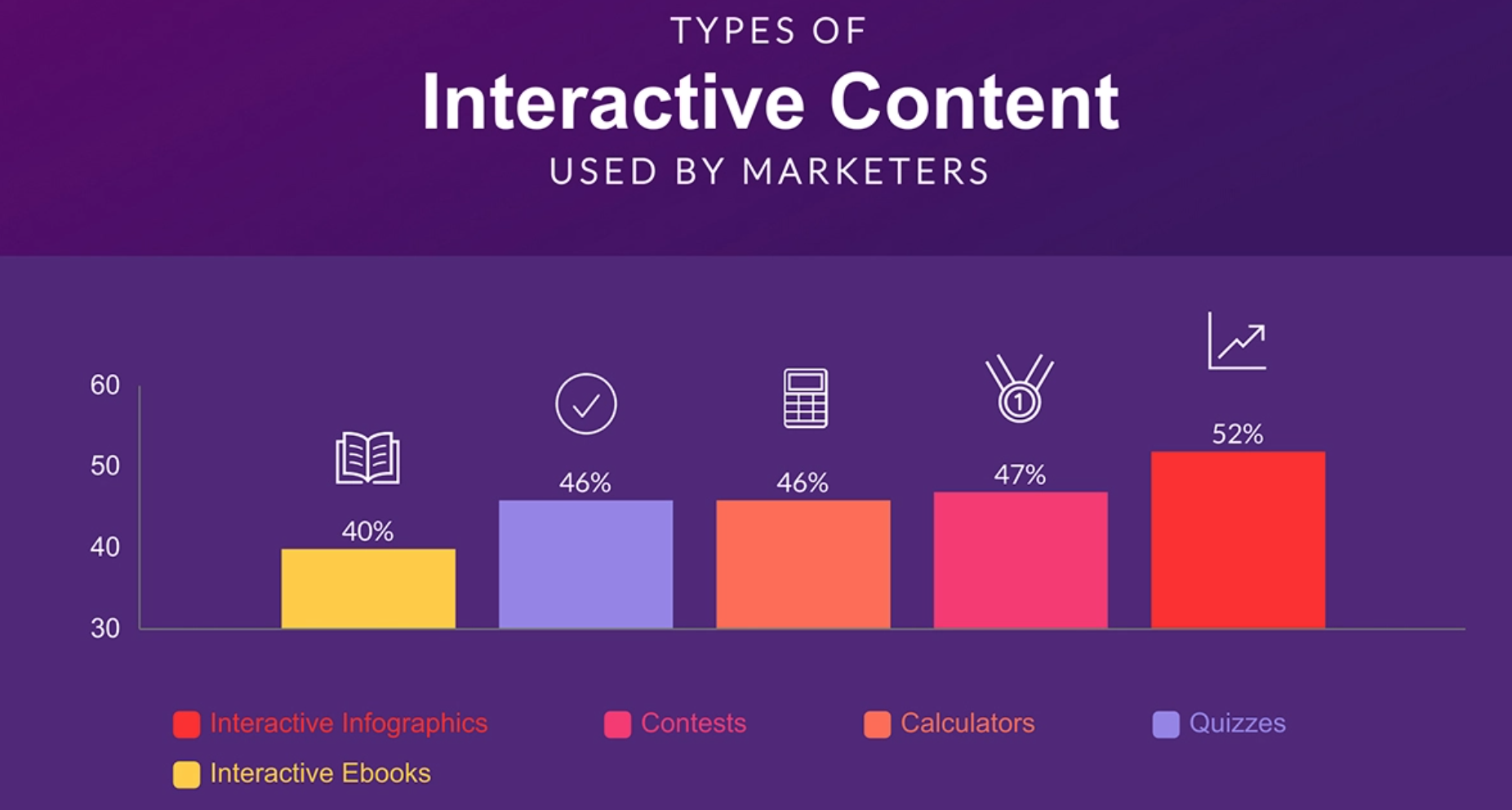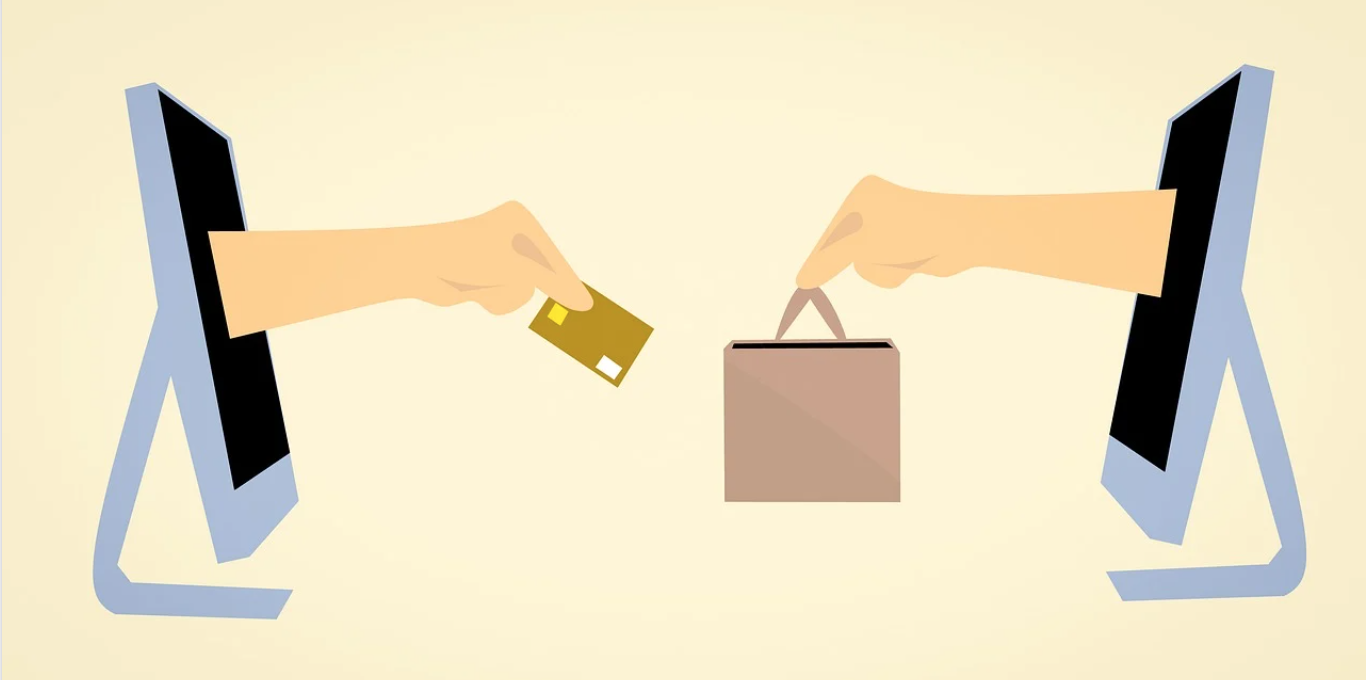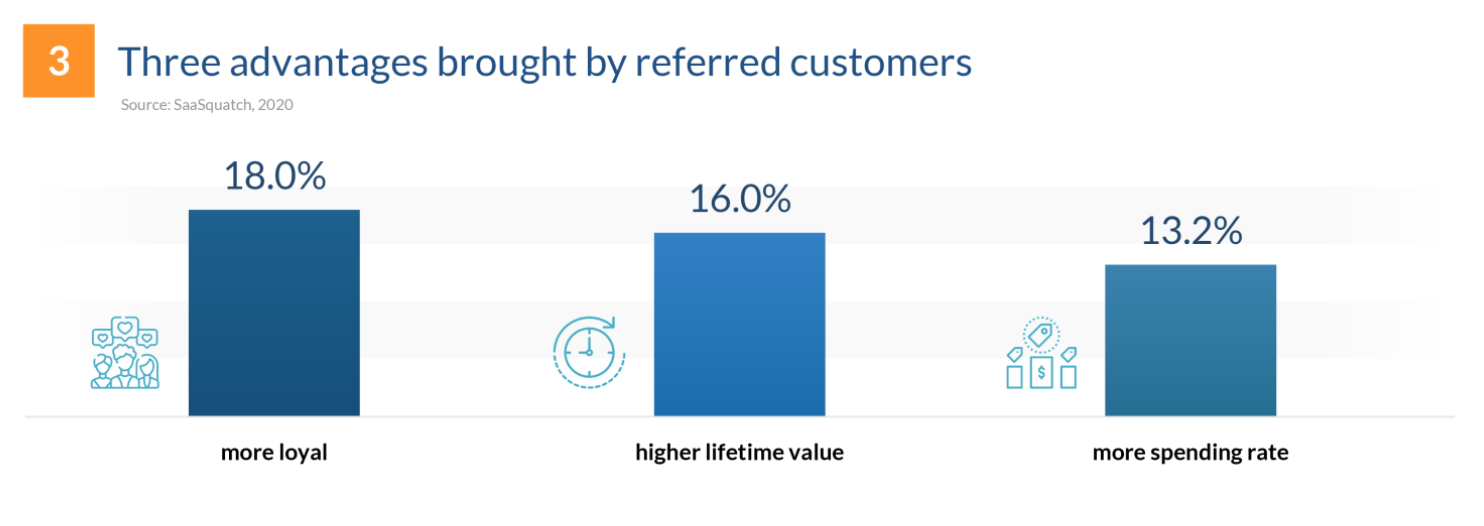You reap what you sow. You get what you give. Do good things, and good things will happen to you. These old adages have been moral guidelines for centuries, but it turns out that karma is also a pragmatic business approach.
In a classic study by behavior expert Robert Cialdini, restaurant diners who were given a single mint along with their bill increased their tipping by 3%. Diners who were given two mints increased this yet again, by 14%. And interestingly, those who were initially provided one mint then offered a second by the waiter increased their tip by an astounding 23%.
The thing is, a gift is more than just something for nothing. It’s a way of showing someone that they’re seen, making them feel special, and persuading them to give in return. Reciprocity marketing runs on this principle, offering something of value for free, in return for an action which helps your business.
Nor is reciprocity a one-time thing: A free gift can be the beginning of a valuable long-term relationship with customers, inspiring them to use your products or services ongoingly. A 2019 study found that 61% of consumers believed the most important way a brand could interact with them was by surprise offers or gifts just for being a customer.
Read on to discover how to use reciprocity marketing in your campaigns, and create a truly engaging experience for your customers.
Add Value
Are you ready to make reciprocity marketing work for you? Chances are, you’re already doing so! While gifts and offers are obvious options, valuable content can also spark lucrative and lasting customer relationships.
By making helpful information readily available, you can showcase your expertise and persuade potential customers to get on board. Consider offering downloadable how-to guides, ebooks, videos, or checklists to help your customers achieve their goals. These could work as gated content to boost your mailing list, or simply a generous opening gesture.
Greet your audience with a message about free content as soon as they access your site. This is the digital equivalent of a warm transfer, offering a personal touch from the very first interaction. Customers will continue to browse feeling valued and more generous in turn.

Keep It Real
Authenticity is crucial when inspiring reciprocity. Avoid using sales-oriented language when offering your gift or content. Doing so could make the offer seem like a gimmick, and leave customers wondering what the catch is. Instead, paint a bigger picture by explaining why your business wants to help or reward customers.
If you’re giving away a useful resource, make sure it doesn’t read as an advert. The information being on your website and linked to your brand should be enough for audiences to build the association. A “how-to” guide could contain some links to useful products, but don’t base the entirety of the content around these.
Listen In
It’s no good giving something away if it’s not what your specific audience wants or needs. Make sure your offering is memorable and tailored to your customers. Study your audience, and work out what they value most. Through cross team collaboration with your social execs, SEO experts, and salespeople, you can gain a better idea of what sorts of rewards would elicit a response.
Are your clients commenting on social posts about something they struggle to do? Create a free guide answering their questions. This will make them feel heard and valued, as well as creating a wider conversation around the subject.
Another option would be allowing customers to pick their own rewards from a selection, ensuring that nobody goes home with a freebie they can’t use. By offering clients freedom to choose, you can build trust and ensure that you’re offering something of real value to each individual.

Watch Your Language
Wording is important when stressing the value of free gifts or content. It’s important to make sure customers understand the worth of a gift, so they believe it to be of greater or equal value to their reciprocal action. Try to do this without bringing money into it. “A free gift worth $20” is too on-the-nose, making it seem like a gimmick. “A gift to say thank you” is more symbolic of social reciprocity.
Likewise, you can subtly promote the value of free resources by using phrases such as “white paper” or “definitive guide” in your headlines. This will grab attention and give a sense of authority.
Social Currency
Customer referrals are on the rise, with referred customers being 18% more loyal, spending
13.2% more and having 16% higher lifetime values than non-referred customers. Harness this organic advertising power by rewarding referrals with discounts, credits, or free gifts. This will both help to generate new leads and ensure existing customers feel valued.
Another option is rewarding customers for signing up to newsletters or following social profiles. In order to keep this reciprocal, make sure you’re making the first move. Rather than promising a reward for the act of signing up, let customers know that your social community is the first to know about new offers or secret coupon codes, and persuade them to make the decision for themselves.
Of course, social currency works both ways—your customers feel just as rewarded by having something to show off on Instagram as you do from the likes and follows. Make it easy for audiences to share your free resources on their social platforms, or think outside the box with fun interactive quizzes or campaigns which customers will genuinely want to share.

Keep It Going
The interaction isn’t over with the first exchange of favors. Instead, you can use this as a jump-off point for a long-term relationship of reciprocity. Follow up purchases by engaging customers in another interaction, such as a personal thank you note or a reward for referring or reviewing.
These small personal touches can be a task management challenge, but setting up a structured response pattern will help reap rewards.
A formalized loyalty program, offering perks for repeat purchases, strengthens the feeling from customers of their value to your business with each purchase they make. 71% of consumers say loyalty programs are a meaningful part of their brand relationships, so make sure you don’t miss out on repeat custom.
Pay It Forward
As with all relationships, the more you put into reciprocity marketing, the more you get out. While giving something for free may seem like a gamble, the results are more than worth the investment.
With the right systems in place and personal touches to build genuine trust, you’ll soon benefit from good business karma.



